Hide your pets, Fashion Week is here
Fashion week: friend? Or foe?
With Texas Fashion Week (TXFW) being hosted in San Antonio from Oct. 1-7, excitement levels are soaring for what the designers have up their couture sleeves. This year, the show will feature various up-and-coming starry-eyed designers, all from local, talented and notable businesses. However, with the state’s rocky and worrisome history concerning animal cruelty, is it possible Texas’ fashion week will feature this too?
Just last year, Governor Abbott vetoed Senate Bill 474, which would penalize dog owners for unlawful, cruel and painful restraint of their animals. Abbott called this bill an act of “micromanaging and overcriminalization.” Above this, all animal cruelty laws in Texas only apply to domestic animals. This specifically does not include animals being tested on or wild animals. This has a clear implication: animal testing is still very much present and overwhelming in the Texas fashion and makeup industries. Based on this, I was not optimistic about animal safety during TXFW, and I largely expected animal cruelty in some form or another to be present in exorbitant amounts on the runway.
However, against all odds, Texas seems to have weeded out the diamonds in the rough. Maybe it’s due in part to the looming presence of People for Ethical Treatment of Animals (PETA), who initiated a letter-writing campaign to the Abbott administration in protest of its recent unjust veto. Maybe it’s because TXFW is run by an independent organization with a blessing from Ron Nirenberg, animal fanatic, dog owner and mayor of San Antonio. Not only is Texas championing several new designers, but the organization is also running a sustainability competition, registration for which is open now and closes on Oct. 3. The competition is sponsored by Goodwill San Antonio and includes an interesting challenge open to all students. In this conquest, students must scour the shelves of a Goodwill in San Antonio and find an upcycled outfit: the most stylishly designed student wins.
Recently, Copenhagen Fashion Week, New York Fashion Week and several other cities’ fashion weeks all banned the usage of fur in support of a more sustainable and bright future. However, fashion companies were not as amenable to the will of the public as they are now. According to the Humane Society of the United States, animal testing for cosmetic purposes began in 1938, when the Food and Drug Administration (FDA) was first given authority over the safe and careful handling of food, drugs, medical devices and cosmetics. This new organization boasted several talented scientists, two of whom created an animal testing method known as the Draize Irritancy Test, which was then championed by several companies worldwide. It involved applying a small amount of a test substance to an animal’s eye and gauging its reaction in order to determine whether or not the product is safe for human consumption. This test is still in practice today, although not as frequently used because of public protests.
PETA has organized several protests during fashion week, first in 1991 during Oscar De La Renta week and recently against Marc Jacobs in 2018. These protests featured popular slogans like “we’d rather go naked than wear fur” and “Fur for Scum.”
Despite these protests, animal cruelty in the fashion industry has not ceased to exist. Incredibly popular brands, including Burberry, Dior, Estée Lauder, Fendi and Victoria’s Secret, still use animal testing and animal products in their merchandise. Though the fate of animals in fashion brands seems bleak, and it is difficult to avoid brands that test on animals or use animal products, a little bit of research can go a long way. Sites such as Ethical Elephant, Logical Harmony and PETA can provide you with an easy-to-access list of cruelty-free products.

My name is Diya Contractor (she/her), and I'm a sophomore political science major. I work as the Opinion Editor for the Trinitonian. I also serve as the...

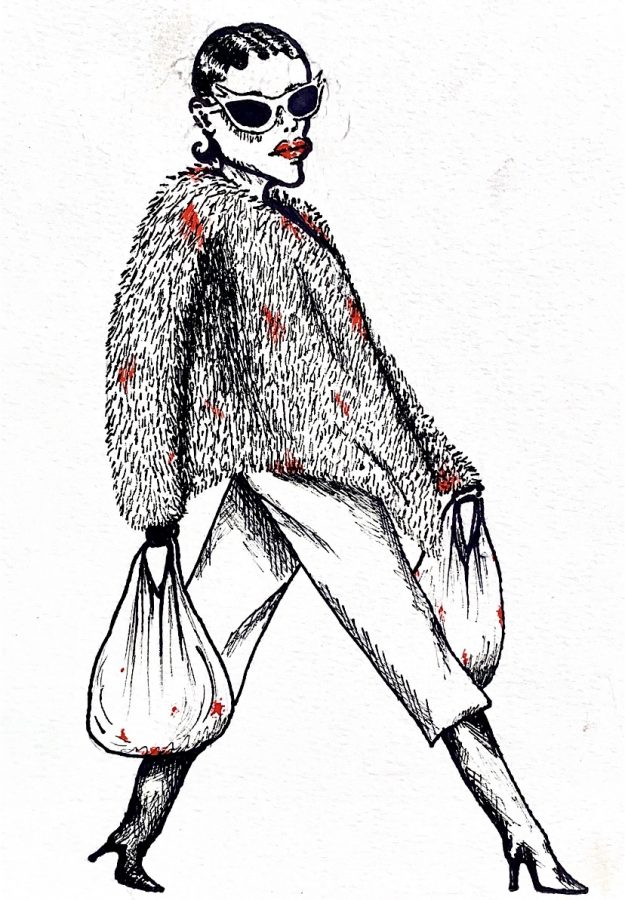
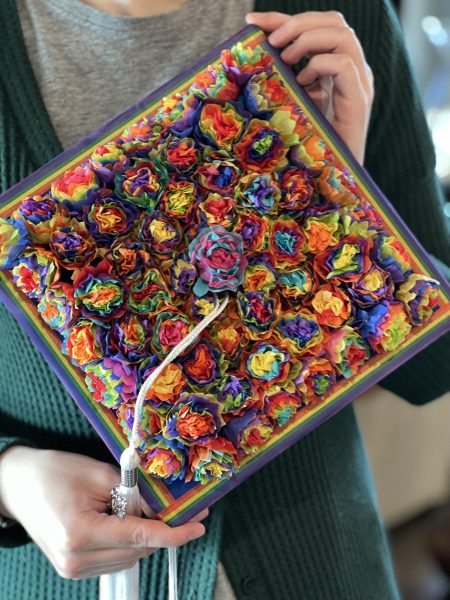

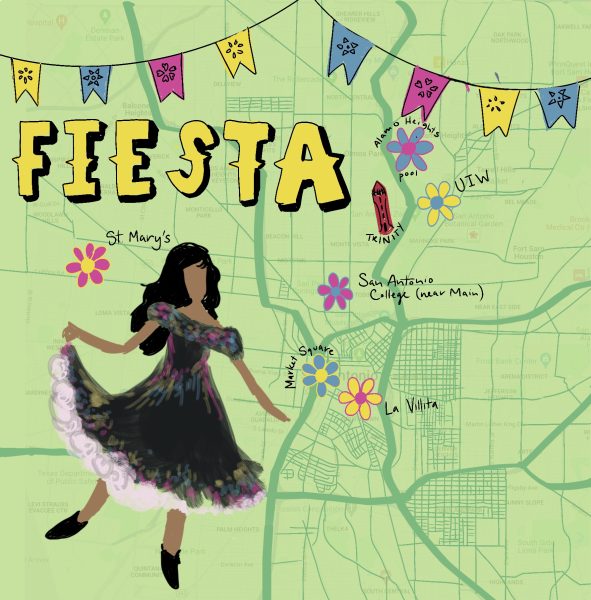
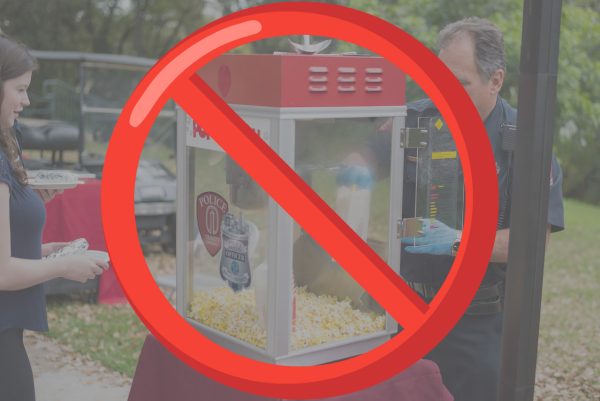


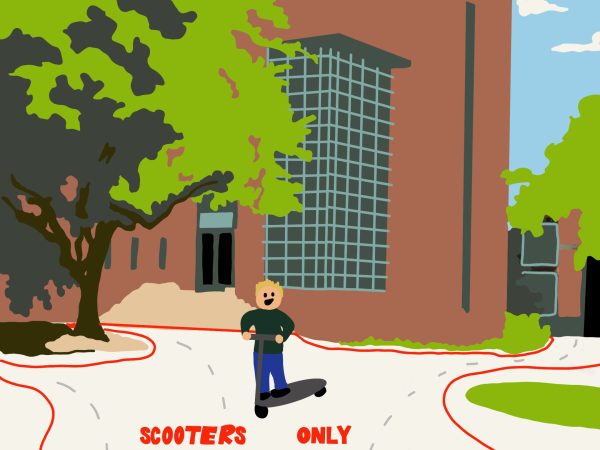



Shanthi • Oct 15, 2022 at 6:47 am
So beautifully written, Diya. The article is not only well-researched and well structured – it is written with a lot of passion, which shows through in your beautiful and expressive language. Cannot believe that the little girl next door has grown up to produce such a mature, well thought out piece. Look forward to reading more from you, Diya!
Yamuna. B • Sep 30, 2022 at 9:46 am
DIYA,
THIS IS AN EXCELLENT ARTICLE…
YOU HAVE GIVEN SO MUCH INFO REGARDING THE MANNER IN WHICH ANIMALS ARE TORTURED IN THE NAME OF ‘FASHION’. DEFINITELY THIS ARTICLE IS WRITTEN WITH LOVE AND COMPASSION TOWARDS ANIMALS..
WAY TO GO…DEAR
Dipa • Sep 28, 2022 at 6:31 am
Lovely article and shows how high social consciousness index is. It’s a very deeply thought out article . Looking forward to reading more from your pen. Proud of you gal.
Hiten Damani • Sep 26, 2022 at 8:33 pm
Great work Diya !
Priya mehra • Sep 26, 2022 at 2:53 pm
Beautifully written Diya. Looking forward to read more of your thoughts. To save our world we need people like you.
Seema • Sep 26, 2022 at 10:29 am
Very well written article . A thought provoking and interesting read .
Keerthi • Sep 26, 2022 at 7:02 am
Awesome Diya … speaking of animal rights too in the fashion world is so welcoming. Wish this note spreads.
Divya Chandan • Sep 26, 2022 at 5:43 am
Article and picture is very thought provoking! Writer has made it very interesting by making it detailed orientation with facts and solution. Great work by an intern.
Sridevi • Sep 25, 2022 at 11:16 pm
Great work Diya,,way to go
Sunita • Sep 25, 2022 at 10:23 pm
Very insightful article. Well written.
Dipika Contractor • Sep 25, 2022 at 1:28 pm
Very well written Diya. Your compassion for animals is evident and expressed very eloquently. Will look forward to reading more from you.
Vanitha Kasimsetty • Sep 25, 2022 at 1:17 pm
Absolutely wonderful article and it sure is reinforcement to the present generation about fashion is not only about showing off brands but also to me humane about what goes behind the scenes in these big fashion brands . Love it !
Vijay K • Sep 25, 2022 at 1:00 pm
Very thoughtful and well expressed article. Be it domesticated pets or wild animals, cruelty is not a choice at all. Keep writing Gal
Kam Chandan • Sep 25, 2022 at 12:50 pm
Very well articulated. Keep it up.
Deep Thoughts • Sep 25, 2022 at 12:44 pm
A thoughtful reminder for the fashion industry and it’s consumers ( us ) that we still have ways to go to stop cruelty towards animals in all forms.
Kudos to the author.